You can protect your website from hackers. We’ll start with some basic descriptions of the types of attacks you might encounter. This is followed by the eleven tips to protect your website.
1. Use secure passwords
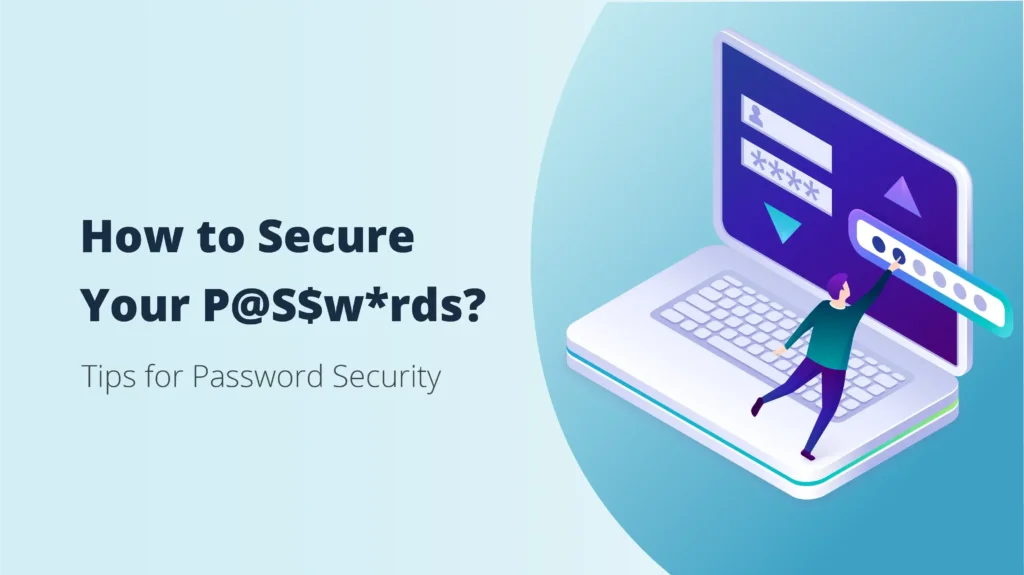
The best website security starts with a strong password. The backend (the developer side) of any website is password protected. Although it’s tempting to use an easy-to-remember password, you should not do that.
Instead, choose a password that is extremely secure and that only you can figure out. A good rule of thumb for passwords is a mix of capital letters, punctuation and numbers, or a strong password created with a password manager. Never use something easy to guess. This applies to everyone in your organization.
2. Be careful when opening emails
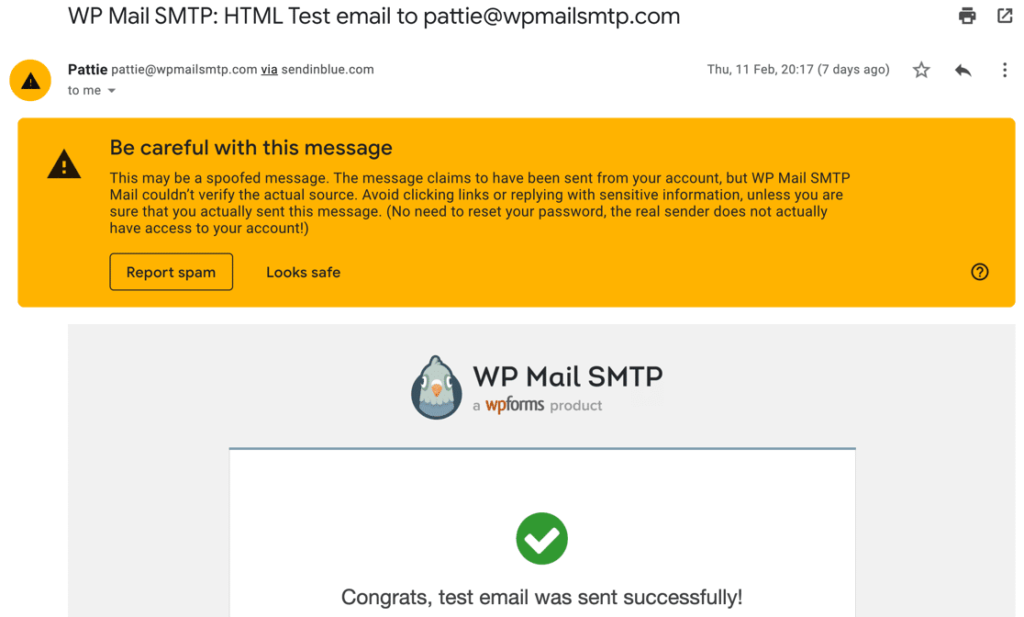
Many phishing attacks appear in emails. Hackers also send viruses via email. Each of your employees (including you) must be careful when opening emails from unknown people, especially if those emails contain an attachment. Spam protection measures aren’t infallible. A hacker can compromise the security of a website with a virus, causing damage to your website.
3. Install software updates
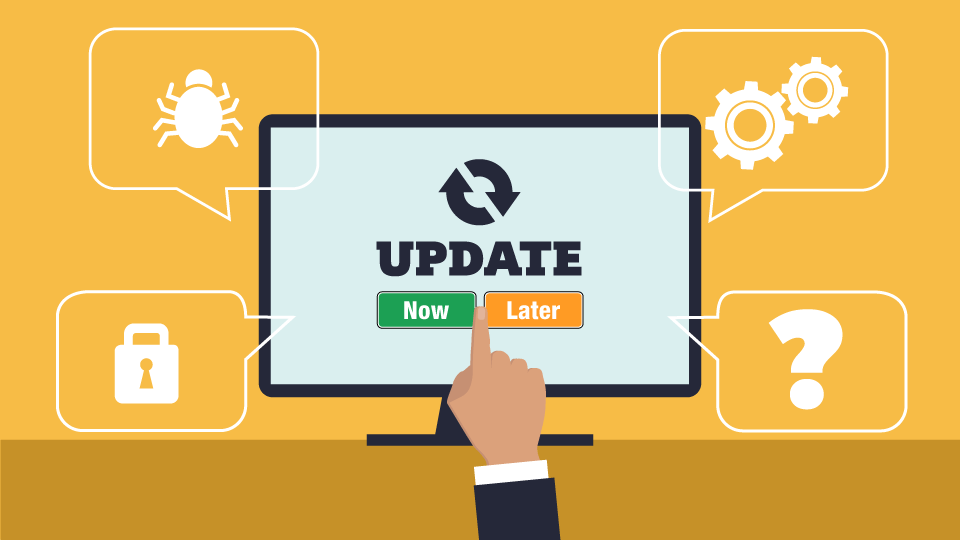
Manufacturers keep operating systems and software running efficiently with regular updates. It can be tempting to push these updates aside to save time. After all, many of them require a complete reboot of the system and some installation time, which affects productivity. This is a dangerous practice, as these updates contain important new security patches. You need to install these updates as soon as they become available to keep your entire system safe.
4. Use a secure website hosting service
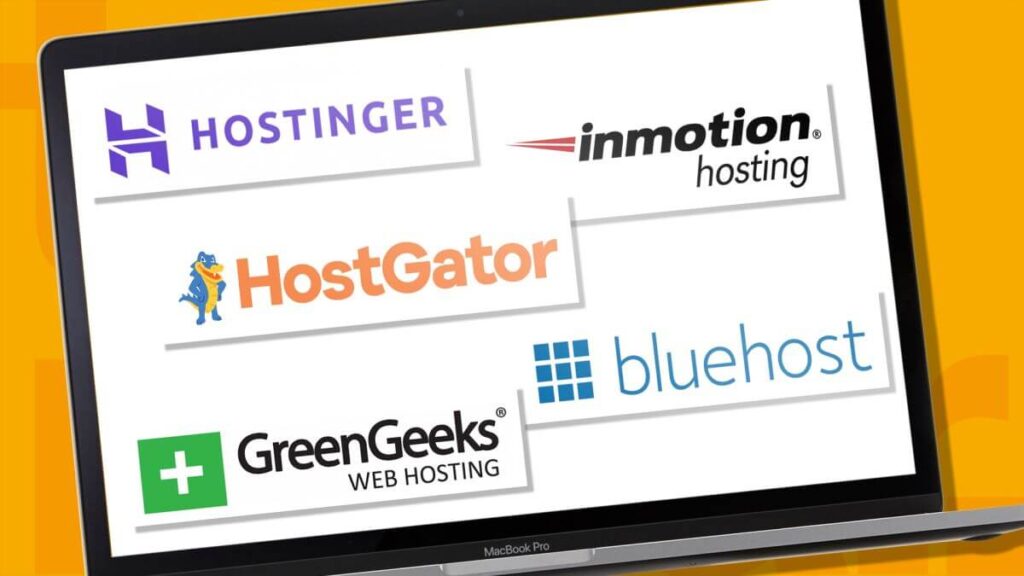
Before setting up or moving your website to a host, ask them about their security platform. The best hosters work with or hire experts in the field of internet security. They know how important it is that their client’s websites are not vulnerable to attacks.
Make sure they offer a backup option. You could lose valuable information in a hacker attack. It’s easier to restore your website from a backup than to build it from scratch.
5. An SSL certificate ensures the protection of information
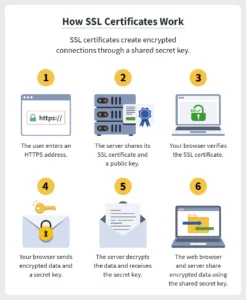
The letters in “HTTPS” stand for Hypertext Transfer Protocol Secure. Any web page that uses this protocol is secure. These pages reside on a specific server and are protected. Any page that contains a login or asks for payment information must be on this secure system. So it is possible to set up your entire website with HTTPS.
6. Secure folder permissions

Websites consist of folders and files that contain all the information necessary for your website to function properly. All of these files reside on your web server. Without proper privacy and security measures, anyone with the right knowledge can view this information.
7. Perform regular website security checks

A good security audit can uncover any potential problems with your website. Use a web monitoring service to automate this. You need to test your website’s programming at least once a week. Monitoring services offer programs that make this easy to do.
Once you receive the report, you should take a close look at the results. These are all the vulnerabilities on your website. The report should include details about them. You may even classify them according to the threat level. Start with the most dangerous ones and fix those issues.
8. Update website platforms and scripts

If you are using WordPress, make sure you are using the latest version. If you are not, update your version by clicking the button at the top left of the screen. It is essential to keep a WordPress website up-to-date to avoid potential threats.
You also need to check your plugins and tools.
Most WordPress plugins are created by third-party developers (or individuals). Although they are secure, in most cases you rely on these third-party providers to keep their security parameters up to date. Take time at least once a week to check for plugin updates and pay attention to anything that seems strange, such as a plugin that stops working properly. This could be a sign that it has been compromised.
9. Install security plugins
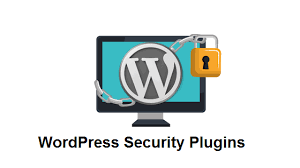
Depending on what type of website you run, there are several options here. For websites based on WordPress, there are special WordPress security plugins that provide additional protection. Examples of these include Bulletproof Security and iThemes Security. If your website is not based on WordPress, protect it with a program like SiteLock.
Security plugins prevent hackers from getting into your website. Even the most advanced hosting platforms have some vulnerabilities. These plugins make sure that no one can exploit them.
10. Watch out for XSS attacks

Prevent XSS attacks by adding a CSP header to your website’s code. CSP stands for Content Security Policy. It limits the amount of javascript on your site and prevents extraneous and potentially contaminated scripts from running. Set it so that only the javascript that you or your web developer added to the page works.
11. Beware of SQL Injection

SQL stands for Structured Query Language. It is a type of code that manages and enables searching for information in databases.
Here is an example of an SQL attack: if you have a search form on your website, visitors can enter terms to search for certain new information. Now imagine that someone gains access to your database files and inserts code that messes them up.
This code can delete information and make it difficult for the website to find what it needs to operate. Hackers get in through URL parameters and web form fields and do damage. Prevent this by setting up parameterized queries and making sure secure forms are created.










No Comments
Leave Comment